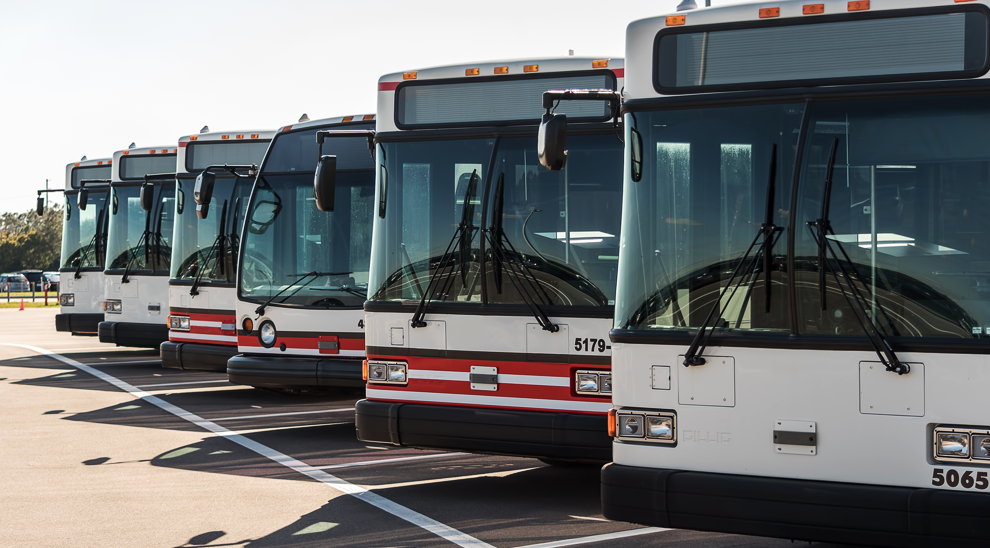
How Data Can Help Prepare for Funding Cuts
No one likes to think about funding cuts, but given the instability in the government, it’s by no means a guarantee that additional federal funds will be coming to transit agencies this year. With ridership still down from 2019, agencies will have no choice but to make service cuts to address the shortfall.
Making these cuts is never easy, but there are a few ways you can use data to inform your decision and have the basis to answer questions that will inevitably arise from riders and the public once the cuts are announced. You’ll never be able to make everyone happy, but you can help them understand why you made the choices you did.
Coverage vs. Capacity
It’s one thing to know if a bus is running behind schedule, but if the bus is empty, does it really matter? You can apply this same lens to thinking about service cuts by thinking about how many people will be impacted by a particular route change relative to how much it costs your organization to maintain that route.
To do this, you first need to understand the number of riders per hour on a given route. In other words, how much are you paying your drivers to run that route, and how does that break down in terms of cost per rider?
Using an enterprise transit management system helps you see rider reports, driver wages, bus maintenance, and other important information in one place so you have everything you need to make an informed decision. This is not to say the decision itself will be any easier, but hopefully, the process for making it will be.
The fundamental question here is one of coverage and capacity. How can you reduce the number of routes you provide to save money without causing major changes to your coverage area? The answers to this question are not always obvious once you start digging deeper into the data.
For example, an empty bus running in the middle of the day might seem like an obvious place to cut, but doing so would not provide any real savings because you still need to pay the driver to work a shift so he or she can cover the route during the morning or evening rush hour.
With clear data and an enterprise transit management system, you can take a closer look at these factors to see how much is really saved by each potential choice you make. In this case, the better decision might be to reduce coverage at rush hour so you can have one driver on the route instead of two.
Politics Enters the Picture
Even the most data-driven decisions are never made completely in a vacuum. There are always political and other concerns that come into play.
Some routes might be deemed essential because people living in those areas do not have easy access to other forms of transportation and rely on buses to get from home to work and vice versa. Or maybe your agency receives part of its funding from a local government in exchange for providing service to its residents; if you cut that service, the money goes away.
If you find yourself in a situation where it feels like your hands are tied, you can use data to guide you through difficult conversations with government and political stakeholders. If they understand the full picture and the real cost of doing business from your perspective, they can compare it to what things look like for them and see if there’s an opportunity to meet in the middle.
A data-driven approach also gives you information that you can share with customer service representatives who will deal with the angry phone calls, emails, and other communications that inevitably come any time a restriction is announced. You can also share this information with the media as appropriate to provide context for why a particular decision was made.
Forget Predicting; Focus on Preparing
If 2020 showed us anything, it’s that we should always expect the unexpected. At the beginning of last year, no transit agency could have predicted that it would be waiting for help from the government to make it through the next quarter. But yet, that’s exactly where many agencies are.
You can’t predict the future, but you can be prepared to deal with whatever comes your way by using consolidated data to gain a full picture of your operations and understand where cuts can be made to have minimal impact on both coverage and capacity.
Learn more about how myAvail can help you make data-driven decisions throughout your organization.
